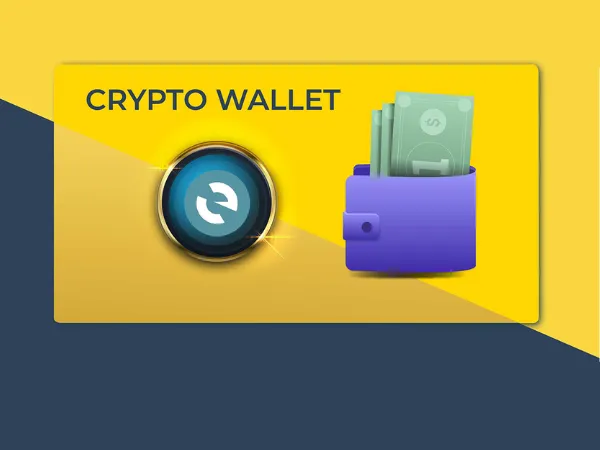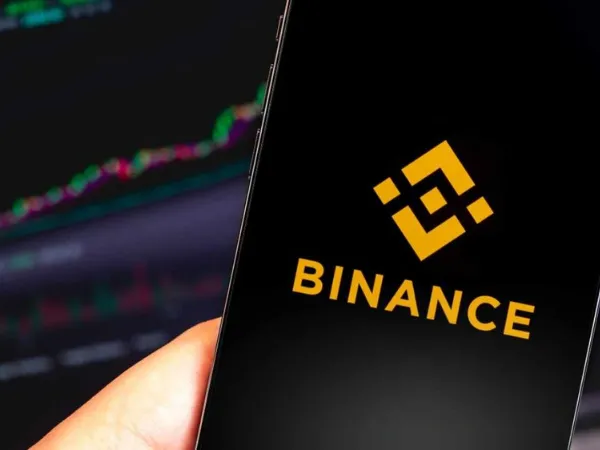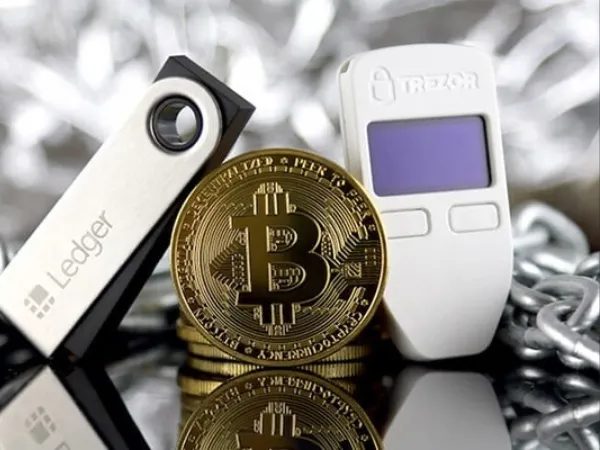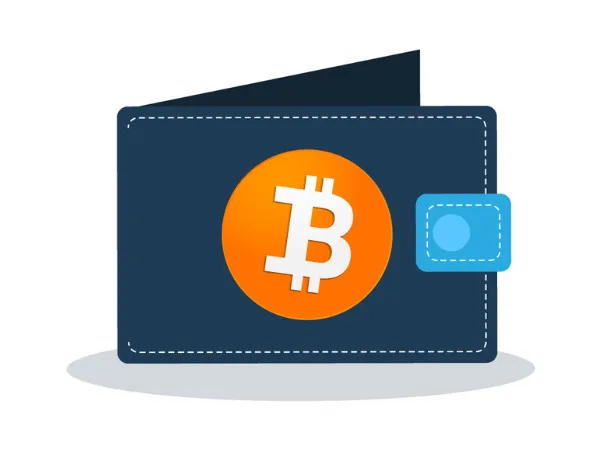Are you holding a quantity of USDT but unsure where to store it to ensure convenience in usage while also protecting your assets? There are hundreds of wallet types out there, but you can’t try every single one to know if they are good or not. Don’t worry, this article will help you choose a wallet that may not perfectly meet all your requirements but will not disappoint you either. Let’s explore the best wallets on the market today with the following article.
What is a USDT Wallet?
In the crypto space, using a wallet is essential and very familiar because to store money, you need a wallet. Bitcoin has a BTC wallet, Ethereum has an ETH wallet, and of course, Tether must have a USDT wallet.
It is hard to define what a USDT wallet is using scientific terms, but basically, it is a type of wallet used to store USDT tokens. Since USDT is a digital currency, the USDT wallet is also virtual.
There are many types of USDT wallets, each with different features. Let’s explore the criteria for evaluating a USDT wallet below.
Criteria for a Good Wallet
- User-friendly interface, easy to use: This is an important point because managing tokens and digital wallets can be quite challenging, especially for new traders. An easy-to-use interface is a big plus in getting familiar with the crypto environment.
- Security features: Since the wallet is used to store assets, security is a major concern. Checking whether the wallet’s history has been hacked or has security flaws is important, but many people tend to overlook this.
- Continuous improvement and service development: The wallet must constantly update to new market trends and understand customer needs to upgrade and improve.
- Enthusiastic customer consultation and support: It is difficult to use a service long term without encountering difficulties or problems. Therefore, the support team’s role is extremely important.
Classification and Recommendations for the Best USDT Wallets Today
As mentioned above, each type has different features, and whether it is good depends on your purpose of use. The following content analyzes the advantages and disadvantages of each wallet type.
Online Wallets
For online wallets, there are two widely used options today: MyEtherWallet (for ERC-20 USDT based on Ethereum) and Ommi Wallet (for Ommi-standard USDT).
MyEtherWallet

MyEtherWallet is very familiar to traders who have played ICOs. It can be used to store Ethereum and other tokens on the ERC-20, ERC 721 platform in general. A notable advantage of MyEtherWallet is the ability to transfer USDT quickly and cost-effectively.
However, it has a dangerous drawback: lax security: lacking robust security layers makes it easy for malicious actors to access your wallet and steal assets.
Advice for using MyEtherWallet is to only store small amounts of coins for regular use. Storing large amounts or long-term storage can lead to unwanted incidents and significant losses.
Ommi Wallet
Similar to MyEtherWallet, Ommi Wallet is also an electronic wallet but it only stores Ommi-standard USDT. It also has limitations in security, such as lacking solid protective layers. Furthermore, the USDT transfer speed is rated much slower compared to MyEtherWallet.
Because of this, Ommi Wallet is at a disadvantage compared to MyEtherWallet in terms of user base. Most users switch to ERC-20 USDT as it is more modern and convenient.
Exchange Wallets

Exchanging wallet refers to storing coins directly on the trading platform, treating the platform as a wallet. This method is convenient because most exchanges support storing coins directly on their platform.
Especially for major exchanges like Huobi and Binance, they support USDT storage in all three forms: USDT Omni, USDT-ERC20, USDT-TRC20.
Storing coins on an exchange can give you greater security with policies such as: 2FA authentication, email address verification, IP verification… The exchange ensures the safety of your coins better than online wallets. Additionally, having coins ready on the exchange can make your investment and trading activities faster and simpler.
These advantages make many users prefer exchange wallets over other types. However, exchange wallets are frequent targets for hackers.
If successfully hacked—resulting in loss of your assets—or if the CEO of a smaller exchange suddenly disappears with your assets, these are potential risks.
To avoid these rare but serious incidents, only use large, reputable exchanges and avoid storing all your assets on a single platform to reduce risk and potential losses.
Cold Wallets

The most popular cold wallets for USDT storage today are Trezor and Ledger.
Cold wallets have a major advantage: extremely high security. You have total control over your assets. However, they lack flexibility and convenience.
If you want to store coins for the long term, rarely trade or invest, and hold large amounts of coin, cold wallets are the best choice for you.
Conclusion
The above article helps you understand what a USDT wallet is. It guides you on how to find a good wallet and introduces popular wallets widely used in the current market. Hopefully, this article has helped you find a wallet suited to your work and usage goals.
Read more: BTC wallet





